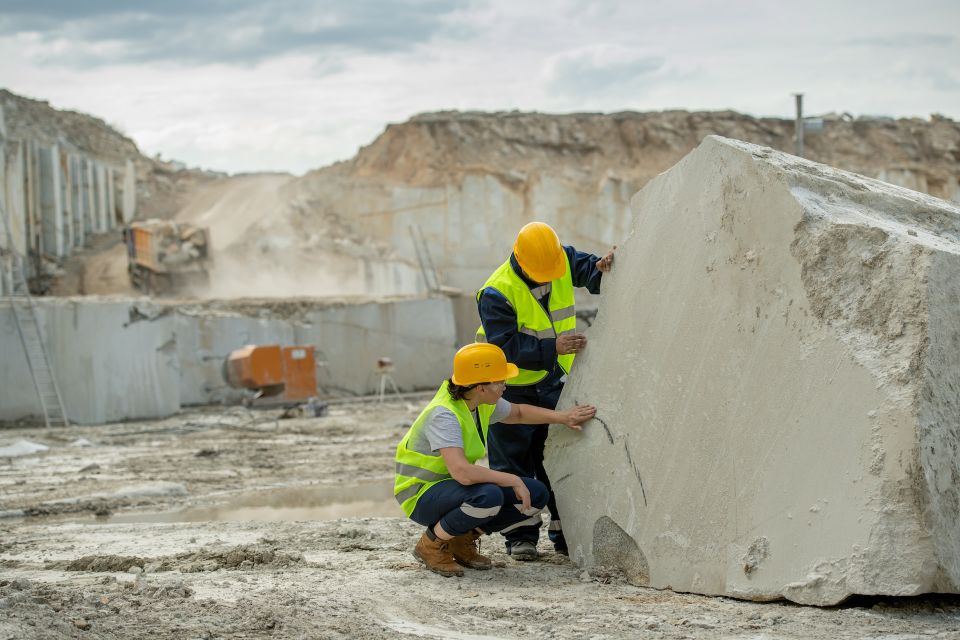Soil cement stabilization is a process that involves mixing soil, cement, and water to create a stabilized base for construction projects. The resulting mixture is then compacted to create a stable base supporting heavy loads, such as buildings, roads, and bridges. In this article, we will provide a complete guide to soil cement stabilization, including its benefits.
What Is Soil Cement Stabilization?Soil cement stabilization is a process that involves mixing soil, cement, and water to create a stabilized base for construction projects. The resulting mixture is then compacted to create a stable base supporting heavy loads, such as buildings, roads, and bridges.
The process of soil cement stabilization involves the following steps:
1. Soil Preparation: The soil is first prepared by removing vegetation and debris. The soil is then graded to the desired elevation and compaction level.
2. Cement Application: The cement is then applied to the soil in dry powder form or as a slurry.
3. Mixing: The soil and cement are then mixed using a rotary mixer, a pug mill, or a traveling mixing plant. The mixing process creates a homogenous soil, cement, and water mixture.
4. Compaction: The mixture is then compacted using a roller, a plate compactor, or a vibrating compactor.
5. Curing: The mixture is then allowed to cure for some time to achieve maximum strength.
Benefits of Soil Cement Stabilization
Cost-EffectiveSoil cement stabilization is a cost-effective alternative to traditional construction methods such as asphalt or concrete. The process requires less material and labor, resulting in lower costs for the project.
DurabilitySoil cement stabilization creates a highly durable, stable base that can withstand heavy loads. The resulting base is resistant to erosion and can withstand harsh weather conditions.
VersatilitySoil cement stabilization can be used for many construction projects, including roads, parking lots, and building foundations. The process can be adapted to meet the project's specific needs, making it a versatile option for construction.
Environmentally FriendlySoil cement stabilization is an environmentally friendly option for construction. The process requires less material and energy than traditional construction methods, resulting in lower carbon emissions and reduced waste.
Faster ConstructionSoil cement stabilization can be completed quickly, resulting in faster construction times. The process requires fewer steps than traditional construction methods, resulting in quicker completion times for the project.
Improved Soil StabilitySoil cement stabilization improves the stability of the soil, making it less susceptible to erosion and settling. The process also improves the soil's load-bearing capacity, making it suitable for heavy construction projects.
Reduced MaintenanceSoil cement stabilization requires less maintenance than traditional construction methods. The resulting base is highly durable and resistant to erosion, reducing the need for repairs and maintenance.
To Sum UpSoil cement stabilization is a cost-effective, versatile, and environmentally friendly option for construction. The process involves mixing soil, cement, and water to create a stabilized base that is highly durable and can withstand heavy loads.
The resulting base is also resistant to erosion and harsh weather conditions. Soil cement stabilization can be used for many construction projects and can be completed quickly, resulting in faster construction times.
Terra-Firma Stabilization & Reclamation can help with
soil stabilization and more. Let our expert team ensure you have the richest soil today. Get in touch with us.

